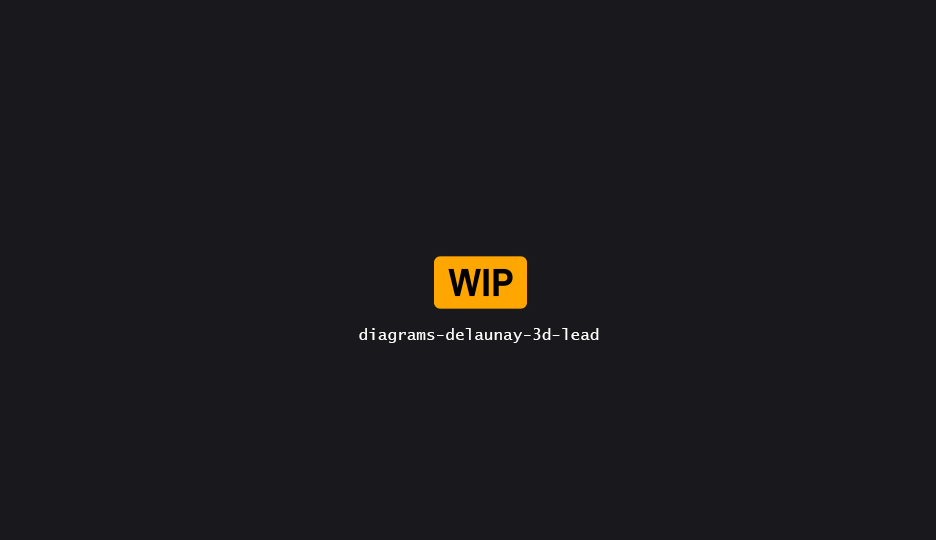Related
Table of content
This node creates a 3D Delaunay tetrahedralization from the input points. If you’d like to know more about Delaunay intrinsic properties, check out the Wikipedia article!
It has very very interesting properties, and this node also offers the ability to output the Urquhart alternative; which is even more fascinating.

Properties
| Property | Description |
|---|---|
| Settings | |
| Urquhart | If enabled, the node will output the Urquhart version of the Delaunay graph. |
Hull Attribute NameBoolean
| If enabled, will flag output Vtx points that lie on the convex hull of the graph. |
| Mark Edge on Touch | If enabled, edges that have at least a point on the Hull as marked as being on the hull; as opposed to only be marked as hull edges if both endpoints are on the hull. |
Sites
| Output Sites | If enabled, the node will output the Delaunay Sites. Each site is the centroid of a Delaunay triangle. |
Site Hull Attribute NameBoolean
| If enabled, will flag output site points that have at least an edge that lie on the convex hull of the graph. |
Contrary to the
Delaunay 2D node, the 3D version does not offer site-merging. Not only is it not trivial, it’s all also of very little use as its main appeal is to find contours, which works poorly (if at all) on complex 3D topologies.
Projection Settings
The projection settings control how the point position is translated to a 2D space before the graph is computed; and how this projection will translate back to the original space, if relevant.
| Property | Description |
|---|---|
| Projection Normal | Normal vector of the plane used for projection. By default, the projection plan normal is Up; so the graph is computed over the X Y plane. |
| Local Projection Normal | If enabled, uses a per-point projection vector. |
| Local Normal | Attribute ti read normal from, |
Local projection normal is very powerful but can also be very clunky to use – it’s very easy to end up with singularities that will prevent the graph from being properly computed.
